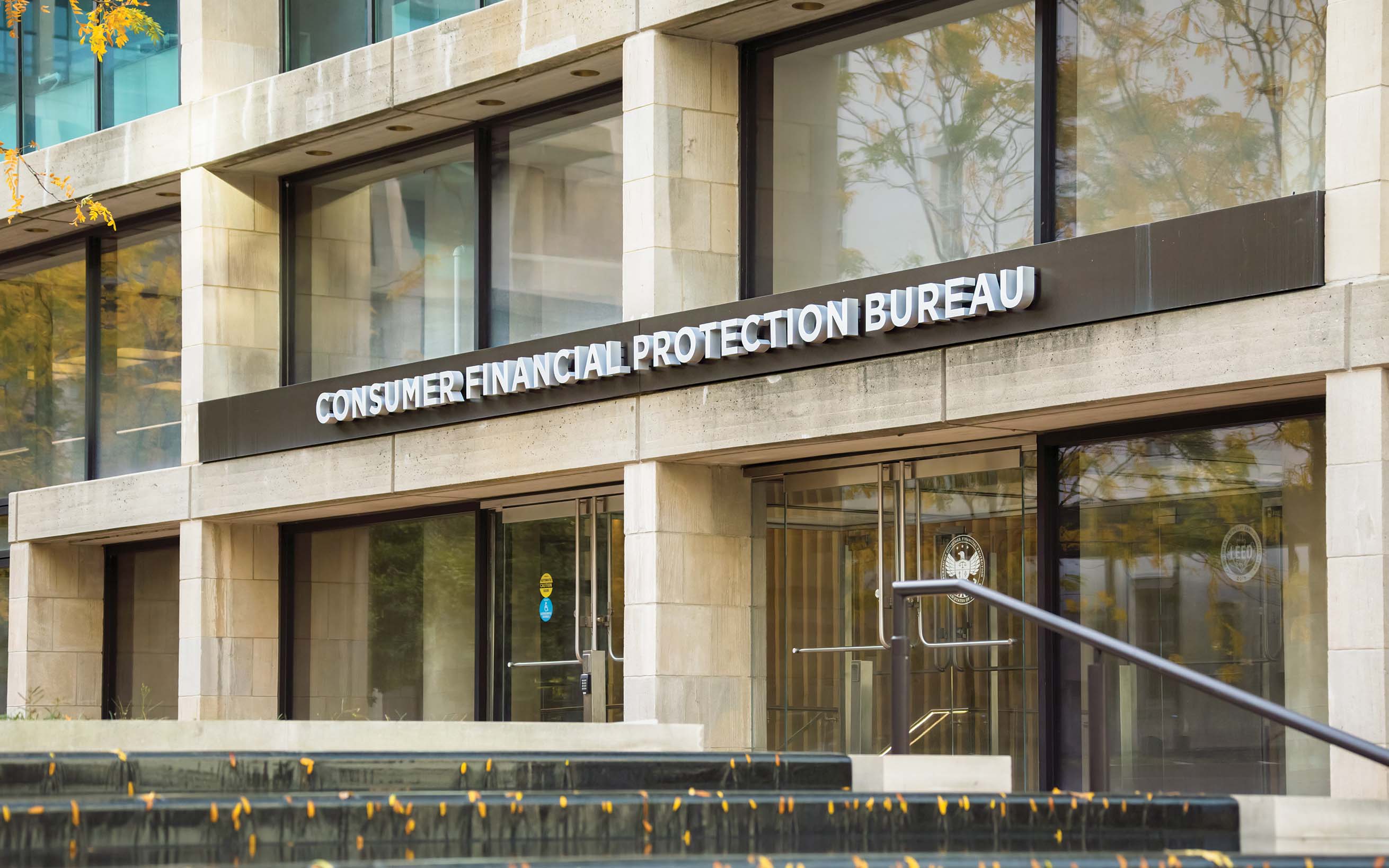Elder financial abuse has been on the rise for the past decade, but so has data analytics technology, which banks can use to fight this fraud. Experts share strategies for community banks to protect their customers from identity fraud.
Stop elder financial abuse with data analytics
June 01, 2021 / By Jen A. Miller
Elder financial abuse has been on the rise for the past decade, but so has data analytics technology, which banks can use to fight this fraud. Experts share strategies for community banks to protect their customers from identity fraud.
Elder financial abuse is a growing problem for America’s seniors. Older Americans lose roughly $3 billion to a growing number of scams each year, according to the United States Senate Special Committee on Aging—but that figure only comes from reported cases. The true number, experts believe, is much higher.
“[Elder financial abuse] is probably one of the most underreported crimes in the country. While the numbers we have are large and significant, it’s probably just a fraction of the reality.”—David Lenoir, Senior Housing Crime Prevention Foundation
“It’s probably one of the most underreported crimes in the country,” says David Lenoir, president and CEO of CRA Partners’ Senior Housing Crime Prevention Foundation in Memphis, Tenn. He adds that this may be because family members are the perpetrators more often than not. For example, a 2014 survey from the state of Oregon found that family members were behind 47% of elder financial abuse cases. “While the numbers we have are large and significant, it’s probably just a fraction of the reality,” he adds.
And cases are growing. According to the Consumer Financial Protection Bureau, the monthly filing of suspicious activity reports (SARs) related to elder financial abuse increased fourfold between 2013 and 2017, from an average of 1,300 per month to 5,300 per month.
Data analytics is one tool that community banks can use to fight this problem. It can automatically identify suspicious activity on seniors’ accounts and prevent fraudulent accounts being opened in their names.
Spotting elder financial abuse
Just as credit card companies can use analytics to spot strange spending patterns and alert consumers that their card may be compromised, community banks can use the same kind of analytics to identify troubling patterns in seniors’ accounts.
“We help clients look at their data and develop scenarios that could flag fraud,” says Vikas Agarwal, a PwC financial crimes unit leader based in New York City. “You want to be able to correlate data on the customer and their accounts. What is normal for them? What could be seen as abnormal?”
Prevent elder financial abuse
The Senior Housing Crime Prevention Foundation partners with banks to thwart elder abuse while offering Community Reinvestment Act credit opportunities. shcpfoundation.org
For example, what if a new beneficiary was added to a senior’s account shortly before a large sum of money was withdrawn? That could be legitimate, such as if an adult child was added to a sick parent’s account and started handling their bills. But to be on the safe side, a bank could set a rule that triggers an alert for this combination of activities, and then the fraud team could investigate.
Despite the technology behind this strategy, this kind of crime spotting isn’t new, Agarwal says. “The technology isn’t there to replace human beings but to augment the intelligence of a person,” he adds. “It provides the amount of information that it would take us eight to 10 hours to put together. [Data analytics] help that individual make that decision faster and spend less time doing the manual task of gathering information.”
Work with a trusted vendor
M&F Bank added data analytics technology in 2020 specifically to sniff out elder fraud. Since 2010, the $309 million-asset bank in Durham, N.C., has used Verafin, a financial crime management platform based in St. John’s, Canada. When the company rolled out analytics for detecting elder financial abuse, M&F Bank implemented that, too.
“With elder financial abuse alerts, we take a look at the vulnerability of the person by looking at age,” says Valerie Quiett, M&F Bank’s senior vice president and chief legal officer. “The analytics also look at whether your spending habits have changed. Maybe you’re spending more money than you have in the past.”
Analytics can take into account changes in how customers interact with the bank, like suddenly moving from in-person transactions to doing everything online, she adds.
The M&F Bank team reviews alerts on a daily basis. When the system flags a potential elder financial abuse case, they research the case, contact the branch and then reach out to the customer.
“We want to make sure we’re seeing what the customer intended to do and make sure the customer is not a victim,” Quiett says.
Preventing fraud before it starts
Analytics can be used to stop another facet of elder financial abuse: identity theft, which is the act of taking over existing accounts or stealing personal information to create fraudulent accounts in their name.
A 2020 Javelin report sponsored by AARP found that seniors are less likely to adopt new technology, which means they are also less likely to use fraud prevention technologies. It also found that criminals are still using low-tech methods, such as calling potential victims, and are adopting pandemic-related tactics.
Data analytics can determine if an account is being opened legitimately or fraudulently, says Thomas French, advisory industry consultant for fraud and security intelligence at SAS in Charlotte, N.C. “At the moment that a device hits the community bank website, there is a set of information coming in from that device,” he says. “Third-party vendors can capture that information and start to do data analytics behind it.”
Analytics can determine everything from what type of device is being used and if it has malware, to whether the user is accessing the website from the bank’s region or another country, French says.
Analytics can also pull information from multiple security vendors, bring the data together and identify which applications in a senior’s name need more information or should be denied. This behind-the-scenes work saves seniors and their loved ones from the hassle of securing the account—and gives them peace of mind.
Subscribe now
Sign up for the Independent Banker newsletter to receive twice-monthly emails about new issues and must-read content you might have missed.
Sponsored Content
Featured Webinars
Join ICBA Community
Interested in discussing this and other topics? Network with and learn from your peers with the app designed for community bankers.
Subscribe Today
Sign up for Independent Banker eNews to receive twice-monthly emails that alert you when a new issue drops and highlight must-read content you might have missed.
News Watch Today

Join the Conversation with ICBA Community
ICBA Community is an online platform led by community bankers to foster connections, collaborations, and discussions on industry news, best practices, and regulations, while promoting networking, mentorship, and member feedback to guide future initiatives.













